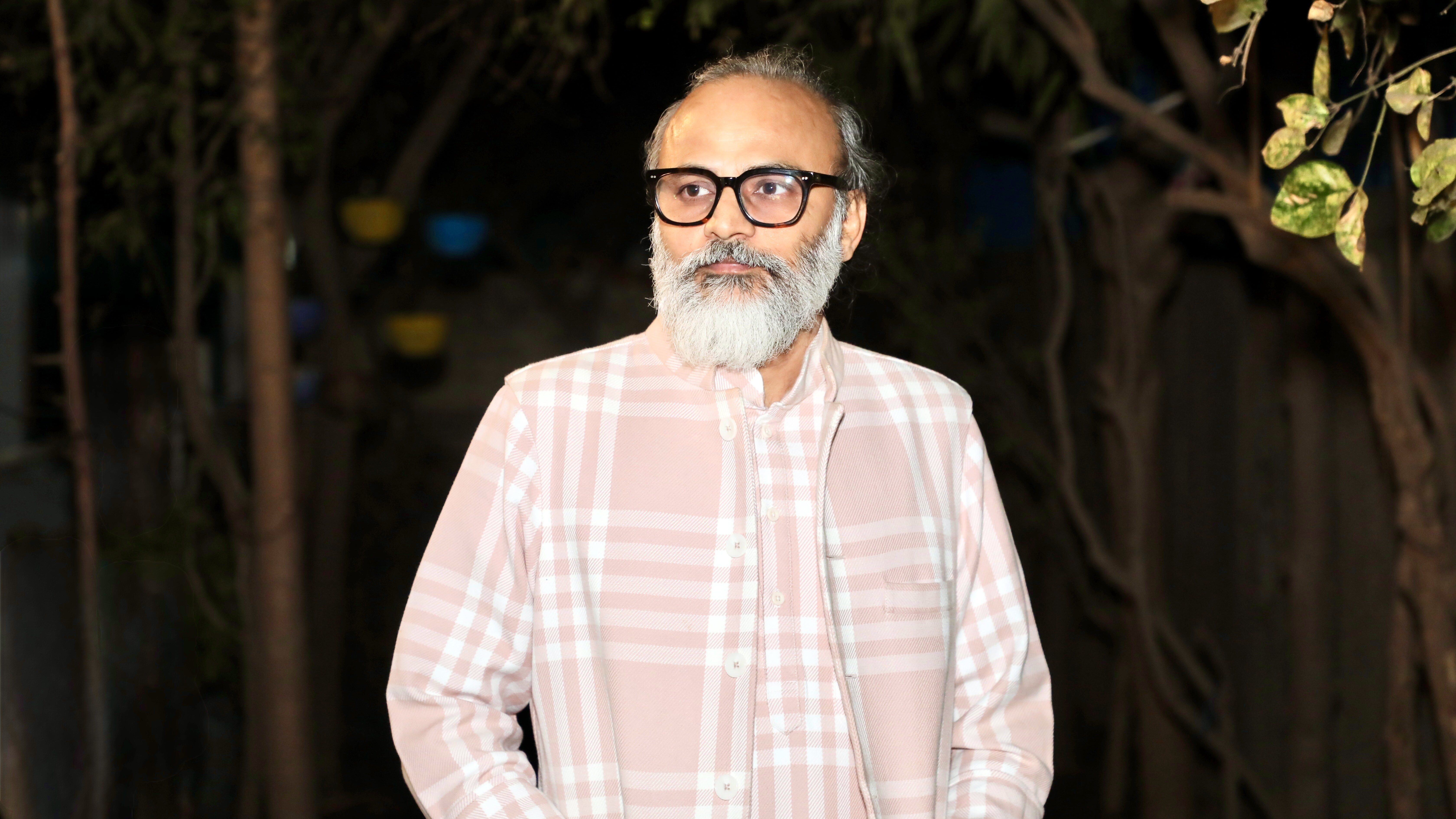
The Philosophy of Eye Movement
6 months ago By Yogi AnoopMovement in the Eyes: A Philosophical Presentation
Here, the subject “Movement in the Eyes” is subtly and deeply examined by Yogi Anoop. Each point is presented step-by-step so that the reader can understand it attentively and easily. This topic does not merely address the physical aspect of eye movement but also touches upon inner processes connected to attention, stillness, the balance of vayu (bio-energy), and self-awareness. It clarifies how excessive or imbalanced motion—whether of the eyes or the chitta (mind-stuff)—can disturb one’s inner stability, thereby affecting not only meditation but the very essence of life.
Movement in the Eyes: A Presentation
- There is movement in the eyes, but the one who sees through the eyes is still. That is, what lies behind the eyes is still. It must be understood that the process of seeing occurs through the eyes, but the one who is seeing cannot see himself as an object through his own eyes. Because he is not the seen—he is the seer.
- The seer naturally prefers stillness—because he is still in his nature. If he is inherently still, he will naturally be inclined toward stillness. If he sees a dynamic scene, he cannot sense stillness within himself. He will feel himself in motion, even though his original nature is stillness. Hence, he will become disturbed—meaning, he will not be able to remain situated in himself.
- When the seer focuses attention on a still object, he is able to experience his own stillness. And the result of this is that the eyes, too, begin to become still on their own. As the attention rests on a still object, the motion of the eyes gradually slows down.
- Gradually, the eyes reach a state where they become nearly still. The fundamental meaning of this is not that the eyes become completely still, as in death. It means that when the “I” experiences stillness, the eyes naturally become free of tension. This stillness does not disturb, just as the normal beating of the heart does not disturb.
- Example of heart rhythm: A normal heartbeat (70–80 bpm) does not make us feel unsettled. But when it rises to 100–150, both the body and mind begin to feel restless. Similarly, if the movement of the eyes increases too much, it negatively affects not only the brain but also other subtle functions of the body.
- The vayu (life-force air) flowing through the body must also be equally balanced: If movement in the eyes—among the most dominant sense organs—becomes stable, then surely the tendency of vata (the bodily air principle) comes under control. Here it must also be noted that vata never becomes completely still, but it becomes so oriented toward stillness that it ceases to cause any disturbance, while still maintaining health.
- Through balanced vayu, both body and mind attain stability: Although there is a great difference between vata and vayu, in general understanding, vayu is often associated with gastric or air-related disorders. The instability of this vayu—which has many variations—leads one repeatedly into cycles of pleasure and pain, and into depression. This inability to remain situated in oneself is what is referred to as “ahiin” (non-situatedness). Because the instability of the chitta comes precisely from the imbalance of vayu.
- Imbalanced vayu can disrupt meditation and samadhi: No matter how deep a practitioner’s meditation may be, if the body’s vayu is excessive or imbalanced, he cannot remain inwardly still.
- Every organ of the body is in some kind of movement: But if this movement is natural and balanced, it does not create any obstruction.
- The problem arises when the nature of movement becomes unnatural: It is this imbalance of movement that, over time, becomes the cause of disease.
- We mostly focus on external aspects of lifestyle, such as diet: But true solutions arise only when our philosophical understanding and intuition become mature.
- When intuition matures, all behaviors of life become balanced: Then eating, sleeping, action—all become spontaneous. At that point, there is no need to force control over the body.
Recent Blog
Copyright - by Yogi Anoop Academy
